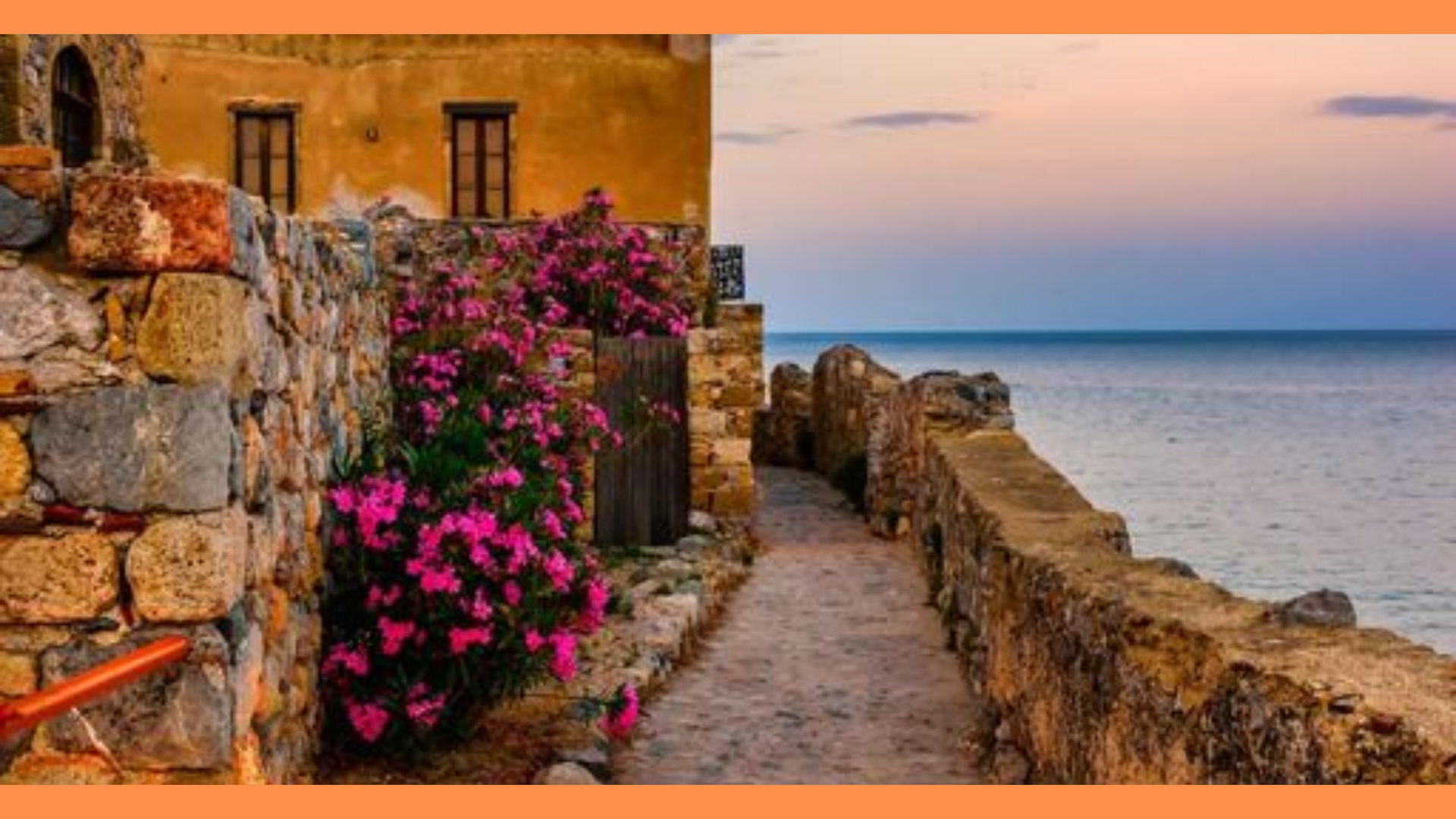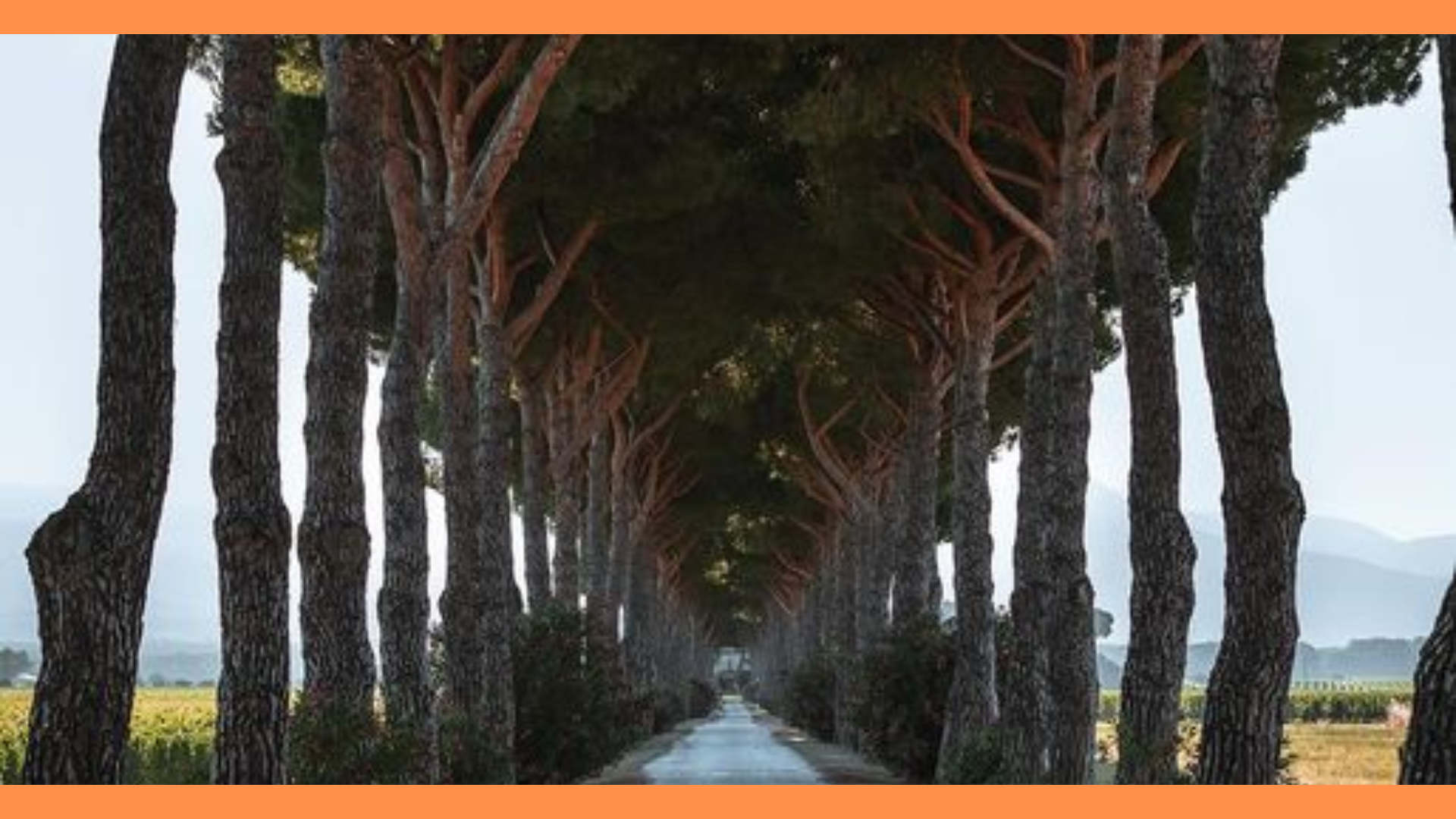The Peloponnese, a picturesque peninsula in southern Greece, is a treasure trove of ancient history, breathtaking landscapes, and rich culinary traditions. This article will guide you through the region’s must-see destinations and delectable cuisine, providing an immersive experience of this culturally and historically rich area.
I. Introduction
The Peloponnese, a stunning peninsula in southern Greece, is celebrated for its diverse landscapes, rich history, and vibrant culture. This region is known for its ancient ruins, picturesque villages, and beautiful coastlines. As a travel destination, the Peloponnese offers visitors a blend of historical exploration and natural beauty, making it a captivating place to explore the essence of Greek heritage.
A. Overview of the Peloponnese
The Peloponnese is a captivating region located in the southern part of mainland Greece, connected to the rest of the country by the Isthmus of Corinth. Its rugged terrain and coastal beauty have made it a significant area throughout Greek history. From the ancient ruins of Olympia to the charming medieval towns, the Peloponnese offers a diverse range of experiences for travelers.
B. Importance of the Peloponnese as a Travel Destination
The Peloponnese stands out as a prominent travel destination due to its unique blend of historical sites, natural wonders, and traditional Greek culture. The region’s historical significance, coupled with its stunning landscapes and authentic cuisine, provides visitors with a holistic and enriching travel experience.
II. Travel Destinations in the Peloponnese
The Peloponnese is home to a wealth of travel destinations that cater to history enthusiasts and nature lovers alike. Key highlights include:
A. Historic Sites
- Ancient Olympia
Ancient Olympia, the birthplace of the Olympic Games, is a must-visit for history enthusiasts. This ancient sanctuary was dedicated to Zeus and served as the site of the original Olympic Games, held every four years from 776 BC. Key attractions include the ancient stadium, which could seat up to 45,000 spectators, and the Temple of Zeus, where the famous statue of Zeus by Phidias once stood. The archaeological site also features the ancient gymnasium, where athletes trained, and the Archaeological Museum of Olympia, which houses artifacts from the site.
- Mycenae
Mycenae, a UNESCO World Heritage site, is renowned for its well-preserved ruins that date back to the Mycenaean civilization (circa 1600-1100 BC). The site is famous for the Lion Gate, an impressive entrance flanked by two stone lions, and the Treasury of Atreus, a large tholos tomb with a corbelled dome. Mycenae’s rich history is intertwined with Greek mythology, including the legendary stories of Agamemnon and the Trojan War.
- Epidaurus
Epidaurus is renowned for its ancient theater, one of the best-preserved examples of classical Greek architecture. The theater, built in the 4th century BC, is famous for its exceptional acoustics and can seat up to 14,000 spectators. The sanctuary of Asclepius, dedicated to the god of medicine, is also located here, and it was known for its healing practices. The site includes various buildings and a museum showcasing artifacts related to ancient medicine.
B. Scenic Towns and Villages
- Nafplio
Nafplio, a charming coastal town, is often considered one of Greece’s most beautiful. It boasts a picturesque old town with narrow cobbled streets, neoclassical mansions, and vibrant squares. The Palamidi Fortress offers panoramic views of the town and the Argolic Gulf, while the Bourtzi Castle, located on an islet in the harbor, adds to the town’s charm. Nafplio’s seafront promenade is perfect for leisurely walks and dining at waterfront tavernas.
- Monemvasia
Monemvasia is a medieval town situated on a rock island connected to the mainland by a causeway. Known as the “Gibraltar of the East,” this town features narrow alleys, stone houses, and historic churches. The Monemvasia Castle, which dominates the island, provides stunning views of the surrounding sea. The town’s atmospheric streets and preserved architecture offer a glimpse into Greece’s medieval past.
- Korinthos
Korinthos, or Corinth, is a city with a rich history and modern attractions. Ancient Corinth was a major city-state in antiquity, and visitors can explore its ruins, including the Temple of Apollo and the Acrocorinth, a fortified acropolis. The Corinth Canal, which connects the Aegean and Ionian Seas, is an impressive feat of engineering and offers picturesque views. Modern Korinthos is a bustling city with shops, cafes, and cultural events.
C. Natural Wonders
- Mani Peninsula
The Mani Peninsula is known for its rugged, dramatic landscapes and traditional stone tower houses. The area’s natural beauty is complemented by its historical sites, including the medieval town of Areopoli and the Diros Caves, where visitors can take boat tours through the stunning underground caverns. The Mani Peninsula’s unique geography and historical significance make it a fascinating destination.
- Mount Taygetus
Mount Taygetus, part of the Taygetus mountain range, is a haven for nature lovers and hikers. The mountain offers numerous trails with varying levels of difficulty, leading through dense forests and rocky terrain. The scenic views from the peaks are breathtaking, and the surrounding natural parks provide opportunities for outdoor activities and wildlife observation.
- Voidokilia Beach
Voidokilia Beach, located near Pylos, is renowned for its crescent-shaped bay and crystal-clear waters. The beach’s unique shape and pristine environment make it a popular destination for swimming and sunbathing. The surrounding area is also home to ancient ruins and natural landscapes, adding to the beach’s appeal.
III. Cuisine of the Peloponnese
The cuisine of the Peloponnese reflects its rich cultural heritage and regional diversity. Traditional dishes include moussaka, souvlaki, and pastitsio, each representing a blend of local flavors and cooking techniques. Local specialties such as tyropita, kavourmas, and lalaggia showcase the region’s culinary creativity, while regional ingredients like olive oil, wine, and cheese highlight the importance of local produce. Desserts such as baklava, kataifi, and loukoum offer a sweet conclusion to the Peloponnesian dining experience.
A. Traditional Dishes
- Moussaka
Moussaka is one of Greece’s most iconic dishes and a staple in the Peloponnese. This hearty casserole is composed of layers of eggplant, minced meat, and a creamy béchamel sauce, baked to perfection. The traditional preparation involves sautéing sliced eggplant until tender, then layering it with spiced minced meat, usually lamb or beef. The dish is topped with a generous layer of béchamel sauce, made from butter, flour, milk, and eggs, which is then baked until golden and bubbly.
Regional variations of moussaka may include additional ingredients or slight adjustments in the preparation method. For example, some versions incorporate potatoes or zucchini in place of or alongside eggplant. The Peloponnese version may feature local spices and herbs, adding a unique regional twist to this classic Greek comfort food.
- Souvlaki
Souvlaki is a beloved Greek street food that features grilled skewers of marinated meat, typically pork, chicken, or lamb. The meat is seasoned with a blend of herbs and spices, skewered, and grilled to smoky perfection. Souvlaki is often served with pita bread, which can be used to wrap the meat along with fresh vegetables, such as tomatoes and onions, and a dollop of tzatziki—a refreshing yogurt and cucumber sauce flavored with garlic and dill.
In the Peloponnese, souvlaki is celebrated for its robust flavors and quality of ingredients. Local variations may include different marinades or additional accompaniments, but the essence of souvlaki remains the same: a flavorful, portable meal that captures the essence of Greek grilling traditions.
- Pastitsio
Pastitsio is a Greek pasta bake that combines layers of pasta, minced meat, and béchamel sauce. Often likened to lasagna, pastitsio features a layer of macaroni or other pasta, which is mixed with a spiced meat sauce made from ground beef or lamb, tomatoes, and various seasonings. The dish is topped with a creamy béchamel sauce, which adds a rich and velvety texture.
In the Peloponnese, pastitsio is prepared with a blend of local cheeses and spices, giving it a distinctive regional flavor. The dish is often served as a comforting family meal and is a popular choice for special occasions and gatherings.
B. Local Specialties and Street Food
- Tyropita
Tyropita is a savory Greek pastry filled with cheese and encased in crispy filo dough. The filling typically includes feta cheese or mizithra cheese, sometimes combined with other local cheeses, and is seasoned with herbs like dill or mint. The pastry is baked until golden and flaky, making it a delightful snack or appetizer.
In the Peloponnese, tyropita is often enjoyed fresh from local bakeries or as part of a larger meze spread. Its versatility allows it to be served in various forms, such as individual pastries or larger, pie-like servings.
- Kavourmas
Kavourmas is a traditional Peloponnesian specialty made from spiced pork preserved in its own fat. The pork is seasoned with a blend of herbs and spices, then slow-cooked and stored in jars, where it can be preserved for months. This dish reflects the region’s history of preserving meats through various methods, and it is typically enjoyed with bread or as part of a meze platter.
Kavourmas is valued for its intense flavors and long shelf life, making it a cherished part of Peloponnesian cuisine. It is often served during festive occasions and is a testament to the region’s culinary heritage.
- Lalaggia
Lalaggia are fried dough strips that resemble churros or doughnuts. These sweet, crispy treats are often sprinkled with powdered sugar and can be found at local markets and festivals throughout the Peloponnese. Lalaggia are a popular street food that provides a satisfying and indulgent snack.
The dough is prepared by mixing flour, water, and a bit of yeast, then shaped into strips and fried until golden brown. The result is a light and airy pastry that is enjoyed by both locals and visitors alike.
C. Regional Ingredients and Products
- Olive Oil
Olive oil is a fundamental ingredient in Peloponnesian cuisine, reflecting the region’s long history of olive cultivation. The Peloponnese is home to some of Greece’s finest olive oil producers, with olives grown in the region’s fertile soil yielding high-quality oils with distinct flavors. Local producers take pride in their traditional methods of cultivation and extraction, ensuring that the olive oil used in Peloponnesian dishes is of the highest quality.
Olive oil is used in a variety of dishes, from salads and vegetables to grilled meats and baked goods. Its rich flavor and health benefits make it an essential component of the region’s culinary identity.
- Wine
The Peloponnese is renowned for its wine regions, particularly Nemea and Mantinia. Nemea, located in the northeastern part of the peninsula, is known for its red wines made from the Agiorgitiko grape, which produces rich, full-bodied wines with notes of dark fruit and spices. Mantinia, situated in the central Peloponnese, is famous for its white wines made from the Moschofilero grape, which offers crisp, aromatic wines with floral and citrus flavors.
These wine regions contribute significantly to the Peloponnesian culinary experience, with local wineries offering tastings and tours that allow visitors to explore the region’s diverse wine offerings.
- Cheese
Peloponnesian cheeses are integral to the region’s cuisine, with feta and kasseri being among the most notable. Feta, a brined cheese made from sheep’s milk or a mix of sheep and goat milk, is widely used in salads, pastries, and as a topping for various dishes. Kasseri, a semi-hard cheese with a tangy flavor, is often enjoyed on its own or incorporated into cooked dishes.
Cheese production in the Peloponnese follows traditional methods, and local cheesemakers take pride in their artisanal techniques. The region’s cheeses are celebrated for their quality and are a key component of many traditional recipes.
D. Desserts and Sweets
- Baklava
Baklava is a sweet pastry made from layers of filo dough filled with chopped nuts and sweetened with honey or syrup. In the Peloponnese, baklava is often flavored with local nuts, such as walnuts or almonds, and spices like cinnamon or cloves. The result is a rich, sticky dessert that is both indulgent and satisfying.
Baklava is commonly served during festive occasions and family gatherings, and its sweet, nutty flavor makes it a favorite among both locals and visitors.
- Kataifi
Kataifi is a dessert made from shredded filo pastry that is filled with nuts and sweetened with syrup. The shredded dough creates a unique texture, and the dessert is often flavored with cinnamon and other spices. The pastry is baked until crispy and then soaked in a sweet syrup, resulting in a deliciously sweet and crunchy treat.
Kataifi is enjoyed throughout the Peloponnese and is often served with a cup of coffee or as a dessert at special occasions.
- Loukoum
Loukoum, also known as Turkish delight, is a chewy confection made from starch and sugar, often flavored with ingredients such as rosewater, lemon, or mastiha (a resin from the mastic tree). In the Peloponnese, loukoum is available in a variety of flavors and is typically enjoyed as a sweet treat after meals or during social gatherings.
Loukoum is often dusted with powdered sugar or coconut and can be found at local markets and sweet shops throughout the Peloponnese.









